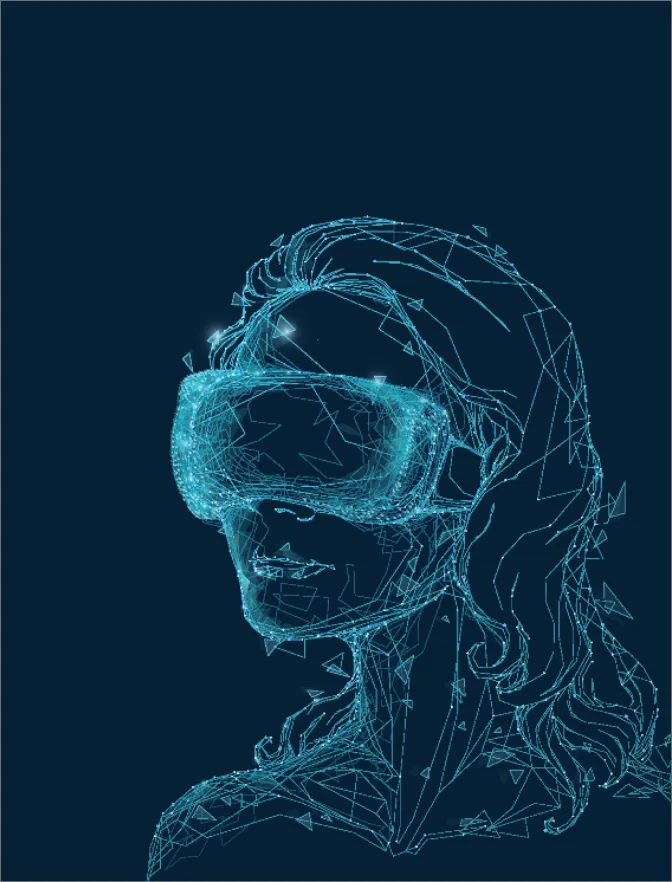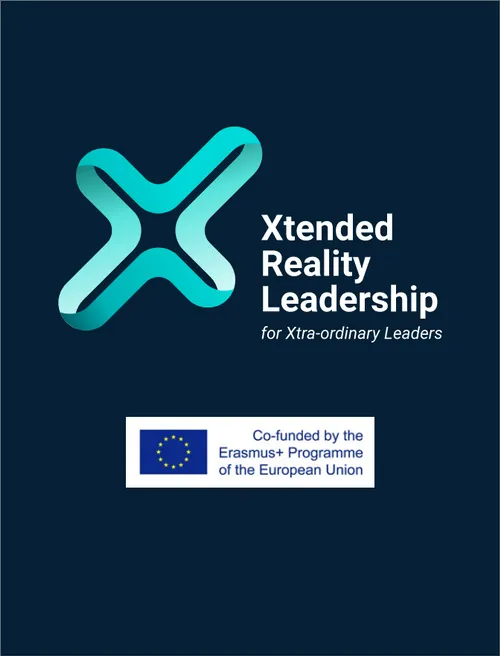VR Leadership Training Platform
E-Learning Studios UK – VR Leadership Training Platform
Introduction
As Senior Product Designer, I led the design and user experience for E-Learning Studios UK’s eXtended Reality (XR) Leadership program, a pioneering VR training platform funded by the European Union Erasmus+ initiative. The challenge was to design an immersive, accessible, and intuitive learning environment for corporate clients new to VR, within tight deadlines and high stakeholder expectations.
My Role & Responsibilities
- Led end-to-end product design, from discovery to launch
- Conducted user research and stakeholder interviews
- Defined information architecture and user flows
- Developed low-to-high fidelity wireframes and interactive prototypes
- Established a scalable design system for future expansion
- Collaborated closely with engineering, project management, and client teams
- Drove accessibility compliance and usability testing
Discovery & Research
Understanding User Needs
I began by interviewing E-Learning Studios’ program directors, VR instructors, and several potential end-users (corporate L&D staff) to uncover pain points with existing e-learning solutions:
- Many were apprehensive about complex interfaces in VR
- Accessibility for diverse user backgrounds was a priority
- Onboarding needed to be frictionless, as most learners were new to VR
Competitive Audit
I analyzed direct competitors and related platforms to identify best practices in virtual training and to find opportunities for differentiation.
Ideation & Design Strategy
Problem Statement
How might we create an immersive VR training experience that feels welcoming, accessible, and effortless for first-time users, while reinforcing E-Learning Studios’ brand as an innovator in corporate learning?
Key Design Principles
Simplicity: Minimalist UI with clear calls-to-action
Guided Onboarding: Step-by-step orientation for new users
Consistency: Cohesive visual language across all touchpoints
Accessibility: Color, contrast, and type choices compliant with WCAG 2.1
Immersion: Visuals and interactions that leverage VR’s unique strengths

Wireframing & Prototyping
Mapped Out User Flows: For onboarding, course navigation, and certification
Low-Fidelity Wireframes: Rapidly iterated concepts to align stakeholders
Interactive Prototypes (Figma): Used for internal reviews and client walkthroughs
Design System & UI Development
Established a Design System: Created reusable UI components, a standardized icon set, and a color palette reflecting both the client’s brand and VR accessibility needs
High-Fidelity Mockups: Developed detailed screens for onboarding, course modules, progress tracking, and user dashboards
Hand-off: Documented design specifications and assets for the development team using Zeplin and Figma
Collaboration & Agile Delivery
Cross-Functional Workshops: Ran regular design reviews with engineering and client teams to gather feedback and course-correct quickly
Agile Sprints: Synced design milestones with development sprints to ensure continuous delivery and early detection of potential issues

Testing & Validation
Remote Usability Testing: Conducted virtual user testing sessions with target users to observe pain points, measure time to task, and validate key interactions
Accessibility Audits: Used tools like Stark and manual keyboard navigation checks to ensure the product was usable for all
Key Insights:
- Users loved the guided onboarding and visual progress tracking
- Navigation was rated as “very easy” by 90% of testers
- Stakeholders praised the platform’s modern yet approachable visual identity
Outcomes & Impact
Launched On-Time: Platform delivered ahead of schedule, supporting a successful program rollout to corporate clients
Increased Engagement: Early feedback showed higher course completion rates compared to previous e-learning initiatives
Reusable Design System: Framework enabled faster iteration and scalability for future modules








Testimonials
Unleash Your Business Brilliance.
Drive growth through thoughtful product design and strategic vision.
Copyright © 2025 - All Rights Reserved
